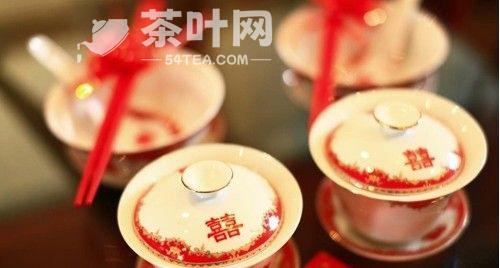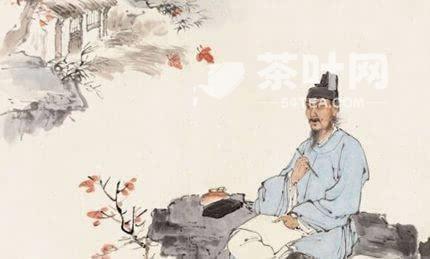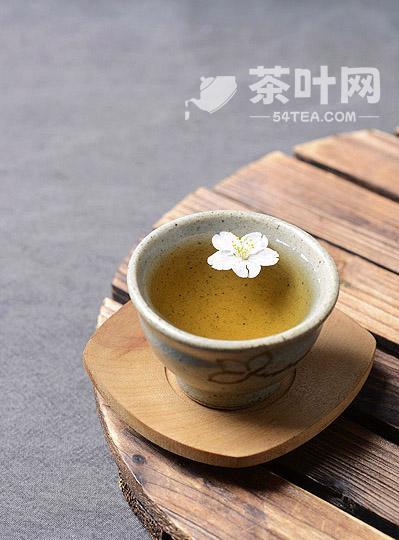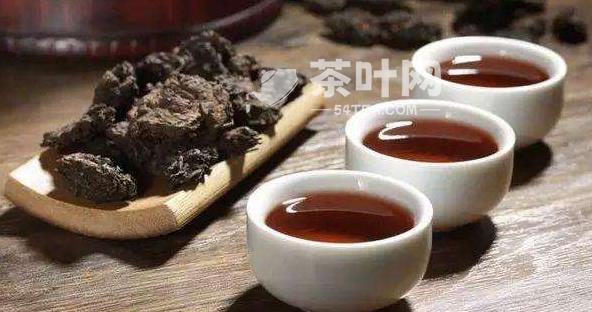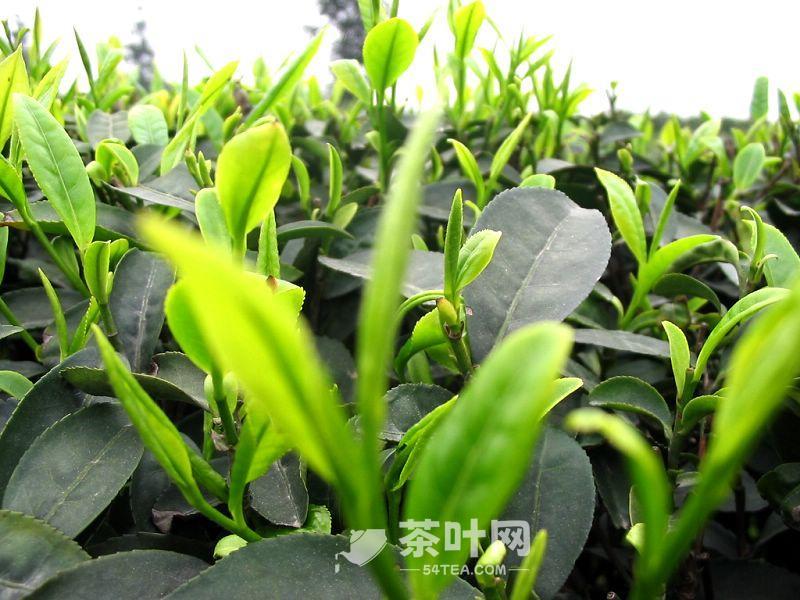 MYp Tea
MYp Tea
The oldest “tea” character is when and under what circumstances arose? Historically, the word “tea” character shape, sound, meaning varied, there are many synonyms, aliases, elegant name, such as Tanta, Catalpa, Thea sinensis, Thea sinensis, Ming, Gaolu, Buyao Hou, etc. Until now, the tea and the tea can be used generically. MYp Tea Net
“Tuan”, is the most used in ancient times to indicate that the word tea, the ancient “Tuan” word is a polyphonic polysemous word, not only on behalf of the tea. The word “tian” was first used in the Book of Songs. It was first mentioned in the Book of Songs. Yefeng? The first time I saw this, I was in the middle of a long journey, and it was the first time I saw it in the middle of a long journey, and it was the first time I saw it in the middle of a long journey, and it was the first time I saw it in the middle of a long journey, and it was the first time I saw it in the middle of a long journey, and it was the first time I saw it in the middle of a long journey.
The earliest clear “tea” word contains the meaning of tea is “Er Ya”, Jin Guo Pu in the commentary “Er Ya? Release wood” in “Jia, bitter tea” when noted: “tree as small as gardenia, winter, leaves can be boiled for soup drink.” This note is the characteristics of the tea tree. Xu Shen in the Eastern Han Dynasty in the “Shuowen Jiezi” also said: “Tuan, bitter tea also.” The word “tian” means “tea” today. In Lu Yu’s “The Classic of Tea”, there are no less than a dozen references to tea, of which the most widely used is “tian” (荼). MYp 茶叶网
Thea sinensis (jiǎ) is the ancient word for tea from wood, referring to the tea tree.
Thea sinensis (chuǎn), from the grass, refers to the late-picked tea leaves.
Thea sinensis (shè), is the ancient western Sichuan tea colloquialisms. MYp tea net
Ming, is said to be a region of Yunnan “tea” of the earth sound, about the Eastern Han Dynasty began to be used to indicate that the tea, and now with the word “tea” generic, for the elegant name of the tea. MYp Tea Network
Due to the development of tea, refers to the tea of “tian” word is used more and more, there is a need to differentiate, so from a word with multiple meanings of the “tian” word, derived from the word “tea”. The word “tea”, first appeared in the Tang Dynasty “Materia Medica”. The word “tea” evolved from the word “tian”, which was designated as the single word “tea” by subtracting a stroke from the word “tian” in the book “Kaiyuan yinyi” during the reign of Emperor Xuanzong of the Tang Dynasty. Lu Yu in the writing of the “tea scripture”, has been uniformly used “tea”. From then on, in the ancient and modern tea books, the shape of the word tea, sound, meaning is also fixed. MYp Tea Net
Tea tree is a woody plant, the original tea “tea” word, minus a painting, change “Wo” for wood, so that it is more worthy of the name. This change, can be said to change just right. In addition to the modern unified use of the word tea, between the use of “Ming” word tea, but with the history of the so-called “late picking for tea” meaning completely different. In modern times, when the word “tea” is used, it has the meaning of elegance and chic. MYp Tea Net
The establishment of the pronunciation of the word “tea” is earlier than the establishment of the character form of the word “tea”. MYp Tea Network
China’s vast territory, a large number of nationalities, and therefore in the language and writing is also heterogeneous, the same thing has a variety of names, the same name and a variety of ways to write. To the middle of the Tang Dynasty, tea sound, shape, meaning has tended to unify, and later, and because of Lu Yu, “Tea Classic” widely circulated, “tea” glyphs further established until today. MYp Tea Net
Before the Han Dynasty, the word “tea” due to different uses, there should be two pronunciations: refers to the bitter vegetable “tea” read “Tu”; refers to the tea “tea ” MYp tea net
From the fourth to the fifth century A.D., Chinese tea spread to Goryeo. Tang Zhenguan 15 years, Tang Taizong for Princess Wencheng and the Tibetan king of the marriage of the dowry, brought a large number of tea. Because the tea was “also” word, so the Tibetan word tea pronunciation is still “also”. After the fifth century A.D., the Arabs bartered tea from the northwestern border of China one after another, so the Persian language called tea for chǎ, the Russian language for cha-i; Japanese tea is the same as the Chinese language, the pronunciation is also chá. in addition, the Indian language, Pakistani, Bengali, Sri Lankan are chá, even the Portuguese language is also pronounced as chá. MYp Tea Leaf Net
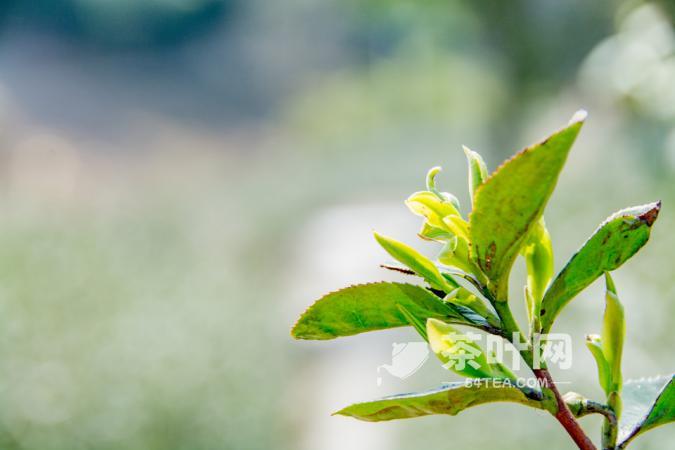 Imb Tea
Imb Tea
